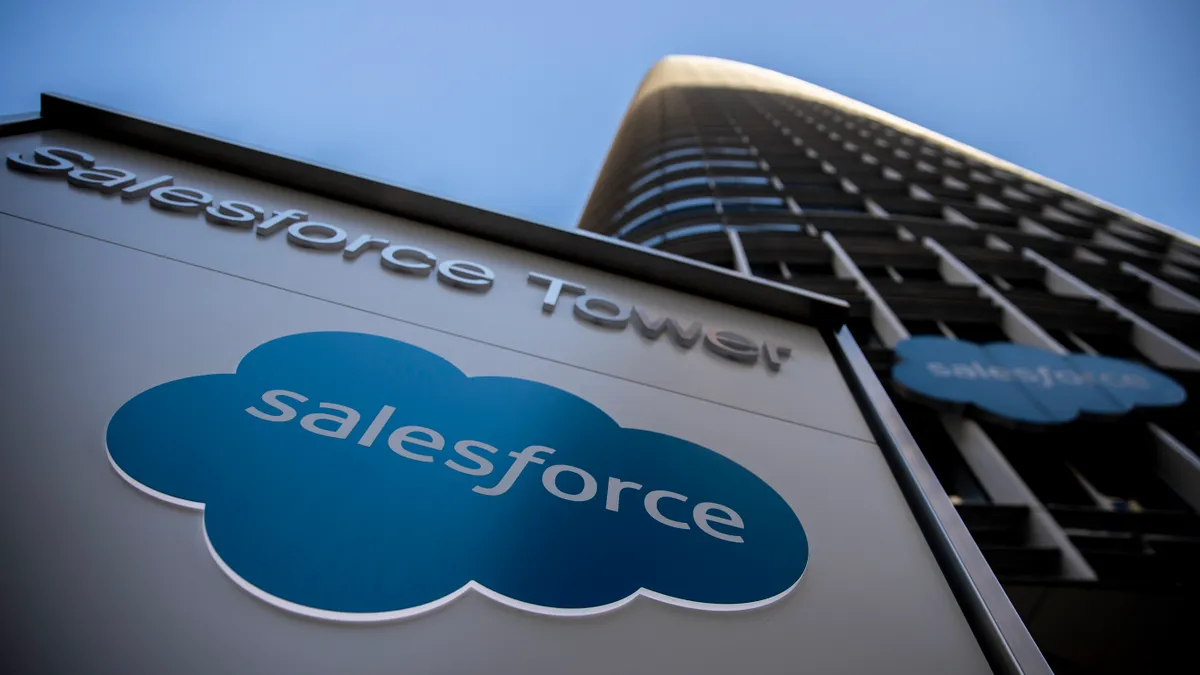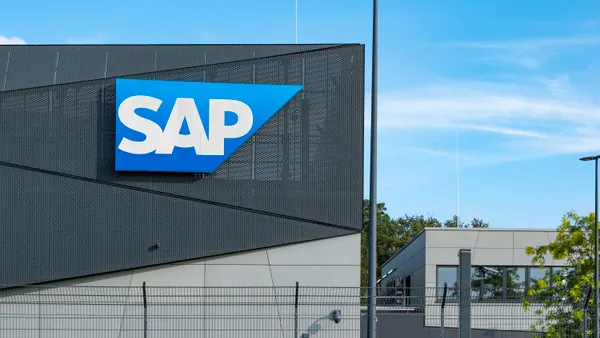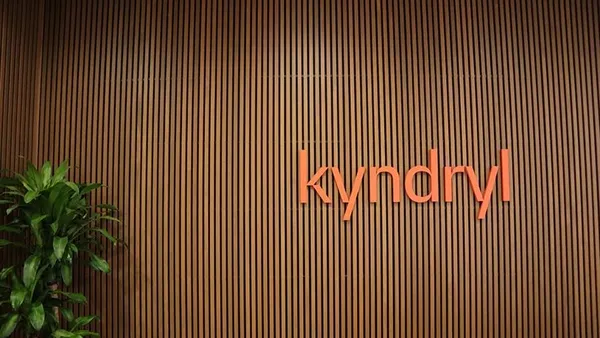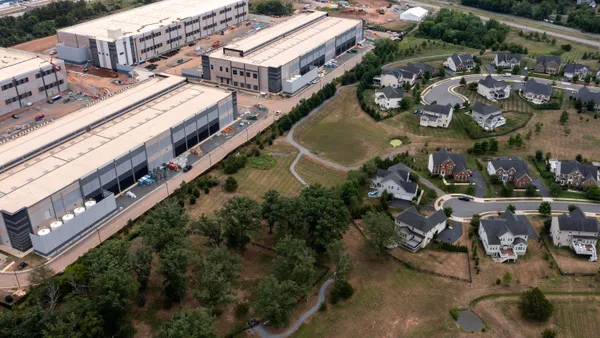Digital networks are the plumbing that undergirds IT systems, pumping data to and from the cloud, connecting user workstations and feeding enterprise applications. In complex hybrid ecosystems, networking can also be a costly headache for tech teams.
Most companies have figured out how to get data to the cloud without incurring major fees, according to a February Forrester report. Cloud providers are happy to foot the bill for initial migrations and charge customers for usage later. Data transport costs, however, can mount, driving up enterprise cloud spend.
“A lot of companies are surprised by networking costs,” said Andre Kindness, Forrester principal analyst and the author of the report. “Unless you’re 100% in cloud and don’t have a private data center, you’re going to have data moving in and out of the cloud.”
Egress fees — charges levied when enterprises move data out of the public cloud — can be a major pain point when applications aren’t designed with networking in mind.
Chatty applications that generate frequent network requests are the leaky faucets of cloud networking, adding unexpected costs in drips and drabs. AWS, Microsoft and Google Cloud moved to eliminate some egress charges for customers who opt to shutter workloads last year. Minimizing egress charges for data that remains in the public cloud is an ongoing struggle, Kindness said.
Network misconfigurations are an even more pernicious problem, according to a Stacklet cloud usage optimization report published last year. Nearly half of the 315 cloud and FinOps practitioners surveyed by Centiment for the report cited misconfigured networking as a common source of wasted cloud spend.
Weaknesses in cloud network configurations pose cyber risks, too.
Misconfigurations provided the initial access vector for nearly one-third of malicious cloud incursions during the first half of 2024, according to a Google Cloud threat horizons report.
Communication breakdowns
While there are a number of technical factors that contribute to networking misfires, broader organizational issues within IT exacerbate the problem. Networking professionals don’t communicate with developers and cloud engineers regularly enough, according to Kindness.
“Networking teams don't usually get invited to the cloud party,” Kindness said. “The disconnect drives security issues and operational inefficiencies, which means there’s a large cost behind it.”
There are technical fixes that can improve individual aspects of cloud networking. But the scope of the problem calls for a more holistic solution. CIOs should bring their networking teams into the tent with developers and cloud architects to help optimize application design and bolster hybrid ecosystems, Kindness said.
Most network professionals could also use training in cloud and coding, while developers need to cultivate a better understanding of networking protocols.
“Networking doesn’t speak the same language as software development,” said Kindness. “If your developers don’t understand networking, they’re going to create chatty applications. If your networking team can’t code, they’re not going to understand what developers are doing.”
At a higher level, enterprises simply need to focus more intently on the plumbing by documenting best practices for hybrid cloud networking, Kindness said.












